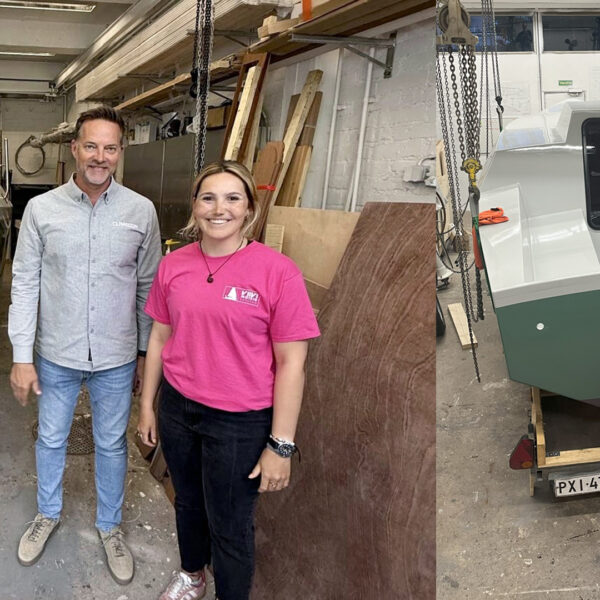Our supply chain’s emissions have decreased by almost 40% since 2022. This sounds like a lot, and it is. However, it is not purely a question of successful climate actions, even though we know they have contributed to the decrease in emissions.
We cannot compare last year’s emissions with previous years
Our emissions calculation has become more precise every year as we constantly better understand the environmental impacts of our operations. In previous years, emissions have been calculated in several parts based on euros, which is a secondary way for companies to report the amount of materials and products purchased from the value chain. This year, the calculations have been based on more accurate, mass-based data that we have collected from our value chain. Due to a more detailed investigation, the emission figures look significantly better. However, there is a problem here: if we want comparable data, we would have to redo the calculations from previous years as well.

Although total emissions have decreased, there has been growth in some categories. For example, our purchased energy emissions have almost tripled. This is also the result of a more accurate and comprehensive calculation method. Climate work is long-term, and climate science is developing all the time. With new knowledge, we guide and plan our climate measures.
Absolute emissions or carbon intensity? – both better
A better business year almost automatically means more emissions, and vice versa. This is why it is essential to compare the absolute carbon footprint with the so-called carbon intensity, i.e., by dividing the emissions per million turnover or production volume. When the carbon intensity remains downward, we are on the right track. In 2023, Climecon’s carbon intensity was 204 kgCO2/M€. This means that, relative to turnover, our emissions have decreased by 37 percent compared to previous years.
What next?
We will continue reducing our emissions and hope our expertise will improve every year. Sometimes, this means that emissions increase, and sometimes, they decrease. At best, the carbon footprint can be used as a measure by which we monitor the progress of our climate measures.
We will continue as a carbon-neutral company as usual. This means that the remaining emissions of scope 1 and 2 are compensated. In addition, we compensate for the remaining emissions from employee commuting, business travel, transportation, waste handling, fuel and energy-related activities. A total of 622 tCO2e emissions are compensated, of which 113 are direct, and 509 tCO2e are indirect emissions. The sum of compensated emissions corresponds to the annual emissions of approximately 60 Finns.


